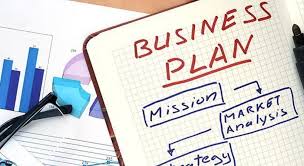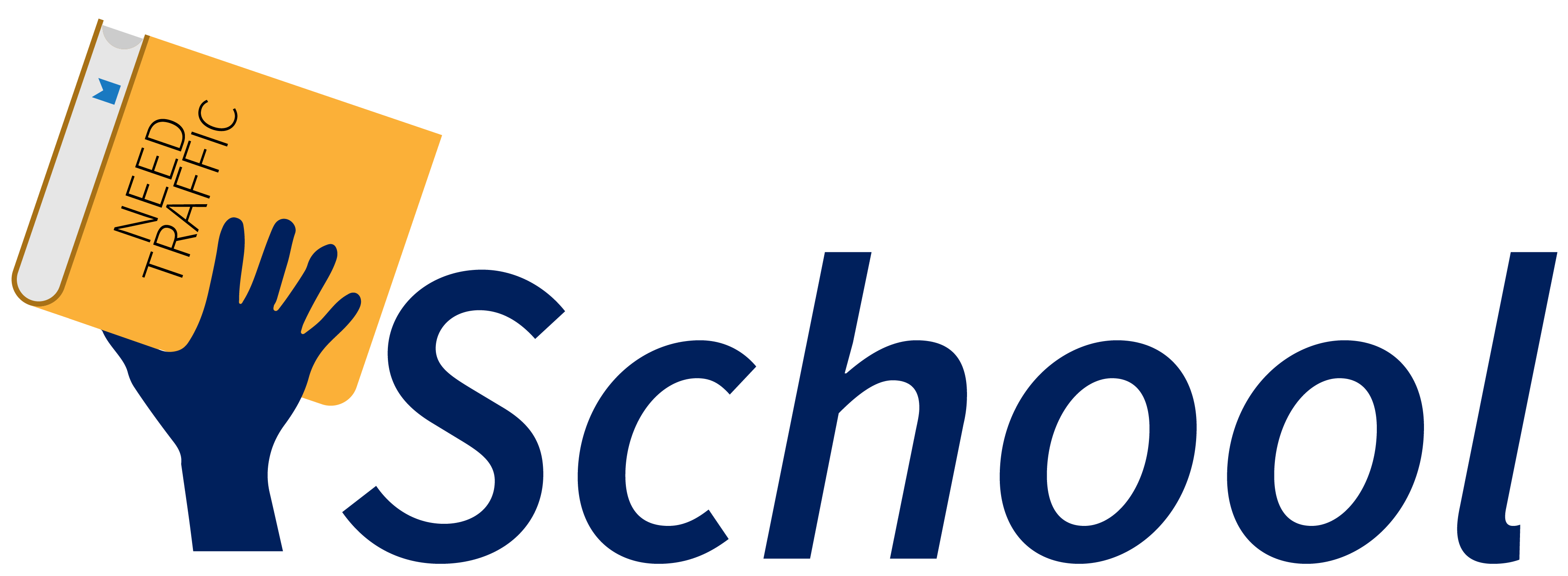Tips for Setting Up a Writer-friendly Design Workflow


Typography is a powerful tool in graphic design. It can help create a mood, invoke emotions, and set a tone for your design. By understanding how to use typography correctly, you can unlock limitless possibilities when it comes to creating Best unlimited graphic design. In this article, we will explore some delightful typography techniques that you can use to enhance your graphic design projects.
The first technique is to use contrast. Contrasting typefaces can add depth and interest to a design, making it stand out from the rest. Try using two different fonts of varying sizes—a smaller font for the body text and a larger font for headlines or titles—to create an eye-catching look. You can also explore mixing character styles, such as italics and bold typefaces, to draw attention to certain words or phrases.
Another great technique is using hierarchy in your typography. Hierarchy creates visual order by making the most important elements of a design stand out. By using different font sizes, weights, and styles you can create a clear visual hierarchy that will guide the viewer’s eye through the design. Additionally, adding hierarchy to a design helps to emphasize certain elements and makes it easier for the viewer to understand what you are trying to communicate.
Typography Basics
Before diving into the delightful typography techniques, let’s start with the basics. Typography is defined as the art and technique of arranging type—or fonts —to make written language legible, readable, and visually appealing when displayed. It includes the selection of typefaces, point size, line length, line-spacing (leading), letter-spacing (tracking), and adjustment of space within letters pairs (kerning).
There are various types of fonts including serif, sans-serif, script, blackletter/gothic, slab serif/Egyptian/Glyphic serifs just to name a few. Different fonts evoke different feelings or emotions so it’s important to choose the right font depending on what kind of message you want your design to convey. For instance if you’re creating a design meant to look modern and sophisticated then selecting a sans-serif font like Arial or Helvetica could be a good choice. On the other hand if you’re going for something more playful then selecting a handwriting style font like Pacifico might be better suited for that purpose.
Enchanting Effects with Color & Contrast
Once you have chosen a suitable font for your project then it’s time to focus on color and contrast effects which can really bring out the enchantment in your typography designs. You can use bright colors such as yellow and pink together with dark contrasting hues like navy blue or black in order to create an eye catching effect. Additionally blending two contrasting typefaces together can also yield interesting results such as combining two different sans-serif fonts or pairing up one serif font with one sans-serif font etc… Playing around with different combinations is definitely worth trying out because these combinations often result in stunning visuals that would otherwise not have been possible had you only used one single typeface throughout all elements in your design project.
Typography is an important part of any graphic designer’s toolkit; it adds personality and emotion to any design project while also making sure that text remains legible across different mediums such as print or digital devices. With these delightful typography techniques at hand there really are no limits when it comes to creating beautiful designs that captivate audiences all around the world! So why not give them try? Start experimenting today and see what amazing creations you come up with!







